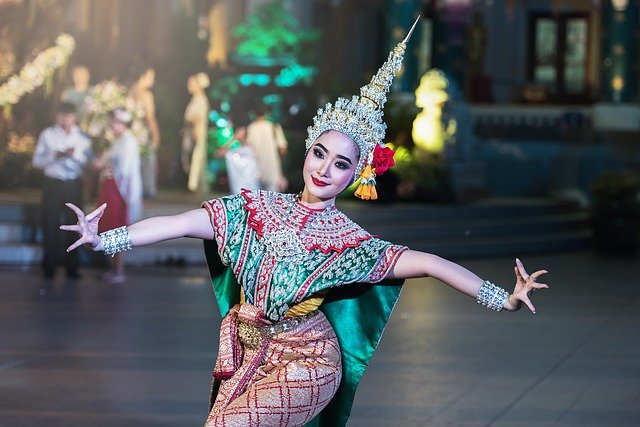Western Theater – History, Concepts and Explanation
Contents
What is Western Theater?
Despite its great diversity of styles, forms, themes, and functions, Western theater today is rooted in a basic impulse to embody expression mimetically. Western theater is a social art based on the exploration of the cycles of nature, the progression from birth to death, and the forces that compel behavior.
The lack of documentary evidence makes it impossible to determine the exact beginning of Western theater, although it is believed to have evolved from religious rituals. It is difficult to decide when ritual became theater. However, important clues to the nature of theater in prehistory can be found by examining the many patterns of drama and ritual that exist today throughout the world.
With the possibility of dialogue between actor and chorus, complex themes and modes of storytelling could be developed. The Western theater of the early 20th century was so dominated by commercialism that some kind of revolt was to be expected. In 1909 an attempt was made to establish a European-style art theater in New York City with the opening of the New Theatre, but the building was so cavernous and unsuitable for experimental work that the enterprise collapsed after two seasons.
How does the Western Theatre develop?
Despite its great diversity of styles, forms, themes and functions, Western theater today is rooted in a basic impulse to embody expression mimetically. Western theater is a social art based on the exploration of the cycles of nature, the progression from birth to death, and the forces that compel behavior.
The achievements of realism in the late nineteenth century continued to resonate until the end of the twenty-first century, but the most influential innovations in early twentieth-century Western theater came from a vigorous reaction against realism. Just as the visual arts exploded in a chaos of experiments and revolts, spawning numerous styles, Western theater drew on a variety of sources to express the contradictions of the new era.
Thus, Western theater sought inspiration from machines and technology, Asian theater, symbolism, nihilism, Sigmund Freud’s psychoanalysis, and the shock of a world war that generated widespread disillusionment and alienation.
The results of this eclecticism were often anarchic and stimulating, so designers and directors were as influential as playwrights, although relatively little drama of lasting value was produced. Nevertheless, these experiments set the tone and broadened the theatrical vocabulary of all the innovations that followed in Western theater.

Types of Western Theater
In Western theater religion has kept alive its affinity with dance, drumming, and the dramatic appearance of the gods, it has remained vital. Where drama has kept alive its quality of magical revelation, it has remained indispensable. These legacies have proven difficult to maintain in Western society, but they contain the heart of the expectations that people bring to both theater and religious ceremonies.
The ancient and persistent link between religion and drama can be seen as the result of factors that include the emergence of theater from religious ritual, performance from sacred myth and story, the quasi-priestly or shamanic characteristics of theatrical performers, and, conversely, the theatrical qualities of religious liturgies.
The beginnings of the revolt against realism were already hinted at before the end of the nineteenth century, sometimes in the works of realist writers themselves. Since naturalistic scenery had led to excessive cluttering of archaeologically authentic details on the stage, the reaction against naturalism in the Western theater favored simplicity, even austerity, but with a greater expressiveness that could convey the true spirit of a play rather than providing a mere superficial addition.
One of the earliest advocates of Western theater and its style was the Swiss designer Adolphe Appia, who used the latest technology and exploited the possibilities of electric lighting to suggest a completely new direction in scenography. Appia believed that the stage should serve to focus attention on the actor, not drown him in two-dimensional pictorial detail. He believed that the imaginative use of light in a few well-chosen forms-simple platforms, staircases, and the like-was sufficient to convey the changing mood of a play in this theater.
Legacy of this Theater
Once the Western theater was moved out of the church, the production of the plays was gradually taken over by the laity, and performances were given entirely in the vernacular. The number of short plays proliferated until they were organized into great cycles covering the entire biblical story from creation to the final judgment, though centered on the passion and designed to express both the humanity and divinity of Christ. These stagings of the passion and death of Christ during Holy Week exist to this day in Western theater.
Another legacy of Western theater is the development of the morality play, which was based on the legacy of the minstrelsy, the interludes that were performed in Europe by small companies of professional actors during the 15th and 16th centuries. They then went on to be staged in Western theater, the term encompassing a wide variety of entertainments, from simple farces performed on small stages in public places to dramatic sketches performed at banquets in the salons of the nobility. In both cases, the plays are purely secular and were more concerned with ideas than with morals.
